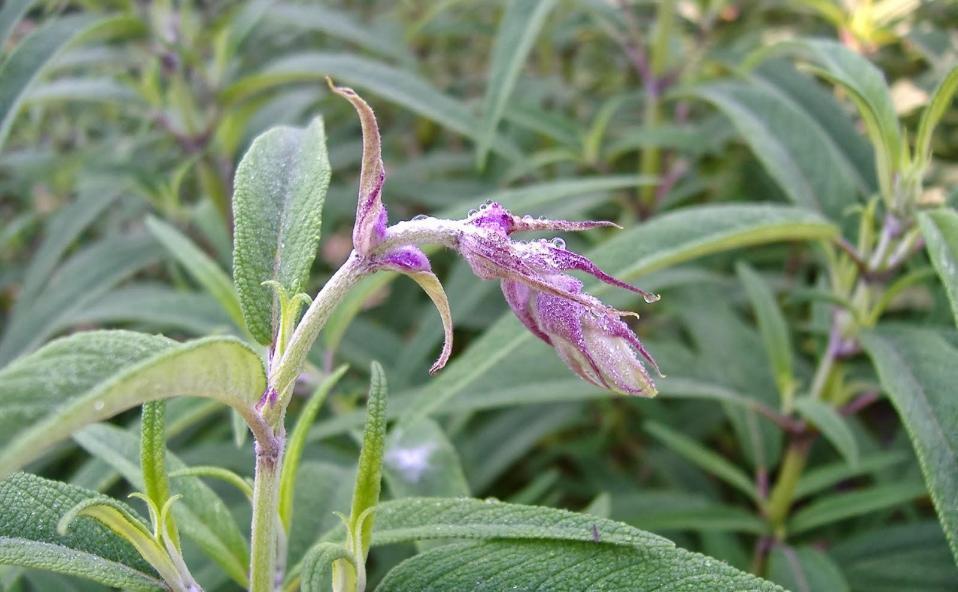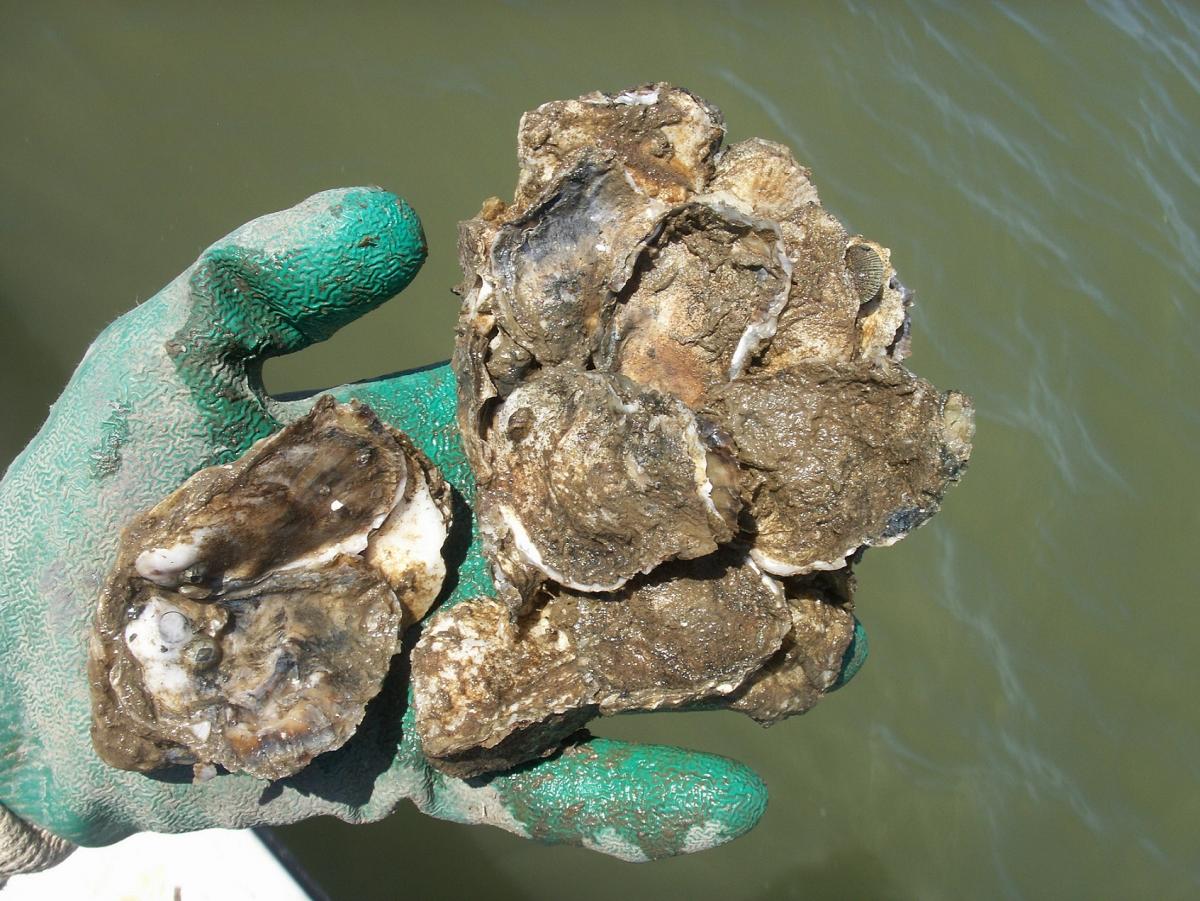HERB MEETING, Chesapeake Bay Herb Society “Oyster Shucking – With Herbs!”. 6:00pm Christ Church Hall, 111 S. Harrison Street, Easton. Speaker Patty Lake, award-winning shucker, on shucking and the history of oysters. Potluck supper featuring food and herbs from Scandinavia. 301-452-2813.
Chesapeake Bay Herb Society Meeting February 9
The Spy Newspapers may periodically employ the assistance of artificial intelligence (AI) to enhance the clarity and accuracy of our content.


 “The USRC project will help advance a new process for watermen to take a greater responsibility in maintaining a biomass of oysters while being able to be financially stable at the same time,” Ruth observed.
“The USRC project will help advance a new process for watermen to take a greater responsibility in maintaining a biomass of oysters while being able to be financially stable at the same time,” Ruth observed.